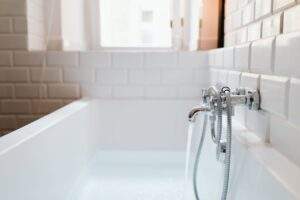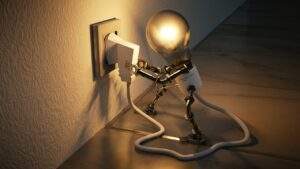How Much Does Tuckpointing Cost? Factors to Consider
Tuckpointing costs vary widely. Most of the cost comes from labor, so it’s best to have this work done by professionals.
Tuckpointing adds value to a home, so it’s worth the investment. However, it’s not an easy project to tackle on your own. The following factors influence the price of tuckpointing:
Materials
Masonry tuckpointing is filling in the mortar joints of bricks or stone. The process involves removing and replacing old, decaying mortar with new mortar that matches the color of existing bricks. A thin line of contrasting putty is then applied to the joints. This helps the mason create a crisp, fine joint line.
In addition to preserving the integrity of your building, tuckpointing also improves its aesthetics. It’s a good way to enhance the beauty of your home or boost its value if you plan on selling it.
While tuckpointing is generally less expensive than a full demolition and rebuild, it’s still expensive. The materials account for a significant part of the cost, but labor and setup also play a role. The type of house and its size can affect tuckpointing costs and the type of mortar used. For example, dry tuckpointing costs less than wet tuckpointing.
Labor
The bulk of a tuckpointing project done by tuckpointing contractors is labor, so the cost is determined by how much time and effort the mason puts into the job. This includes everything from the size and style of your house to how hard it is to get to the area they’re working on. If a mason has to put up scaffolding for work high off the ground, it will add to the price.
If you want decorative tuckpointing done – for example adding colors into the mortar – it will also add to the cost. This is because the mason has to physically create the contrasting mortar and mix it with the existing bricks on your property.
Many property owners choose to only tuckpoint the areas of their house that are most visible and will bring in value. This can help reduce the overall tuckpointing cost while ensuring your home looks its best. Tuckpointing can be a great way to increase the lifespan of your brick walls while also preventing water damage.
Time
Tuckpointing can add substantial value to your property, especially if it’s done before brick or masonry damage. It can also protect the structure from moisture and pests.
It’s hard to quote an exact price per square foot for tuckpointing because the work is done hourly, and labor rates vary by area. However, online tools can help you estimate the cost of tuckpointing based on local labor rates.
Additionally, some tuckpointing jobs require a premium for masonry work at elevated heights. Generally, masons charge more to work on the tops of chimneys than interior walls. Tuckpointing can be expensive, but it is essential to keep your brick surfaces in good shape and protect your home from further damage. Tuckpointing is an affordable way to enhance your home’s aesthetic and protect the integrity of masonry structures. Regular tuckpointing can also prevent costly repair work in the future.
Experience
Tuckpointing requires more skill than repointing, so the experience of your contractor will also affect the price. It takes a trained eye to ensure that fillets match the surrounding brick color and that the mortar joints are smooth. A mason that has worked on various structures will be able to apply these skills more easily and accurately.
Tuckpointing is less expensive for homes with fewer details or features than those with more complex accents. Masonry contractors may also charge extra to work on structures that are difficult to access. Chimneys, for example, can be expensive to tuckpoint because they’re often high off the ground and require scaffolding to reach them.
Getting your home or commercial structure tuckpointed can increase its value and protect it from water damage. It is a labor-intensive, expensive process, but the results are well worth it. If you are ready to start, contact a local masonry contractor for an estimate.






